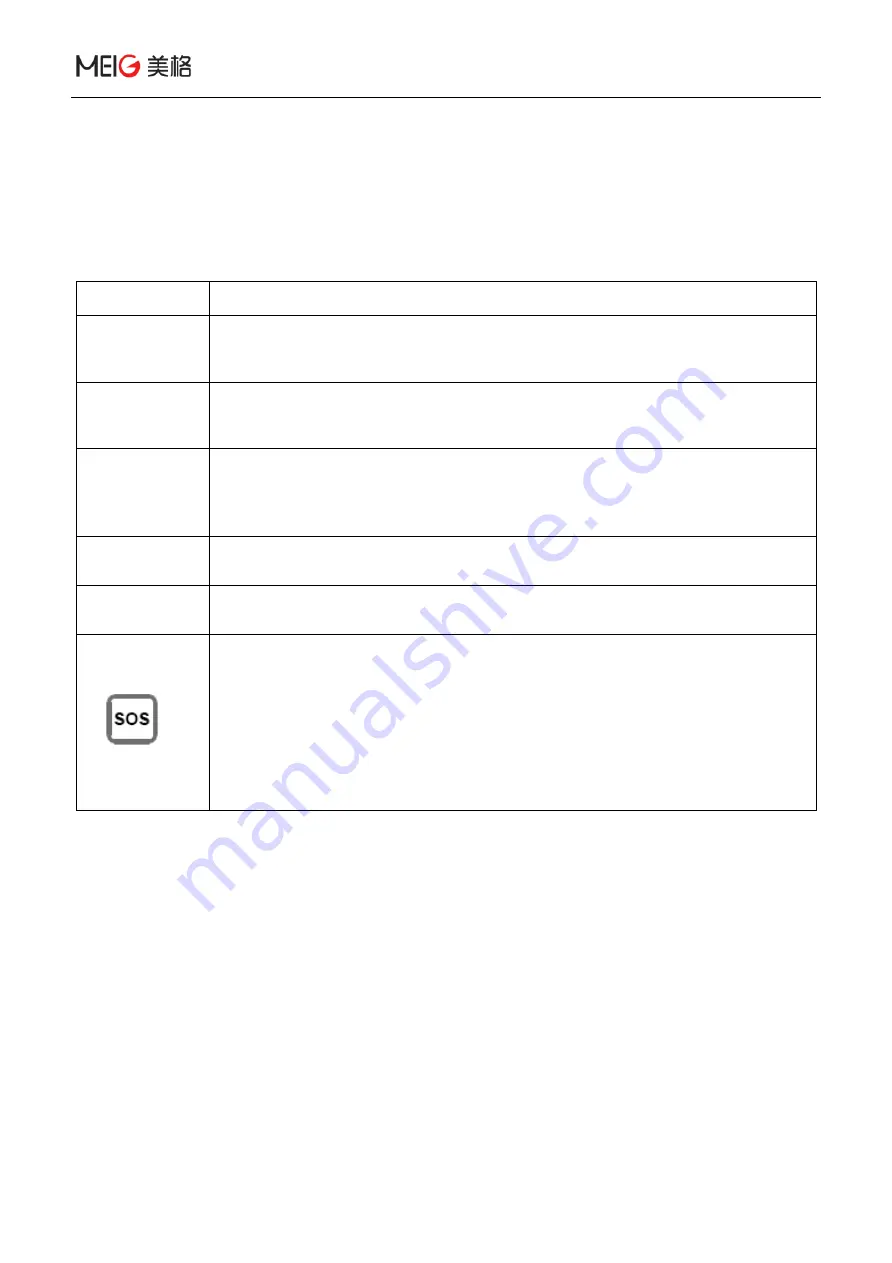
MeiG Smart product technical information
SLM758
Hardware Design Guide
Page 81
9.4. Safety Warning
Pay attention to the following safety precautions when using or repairing any terminal or
mobile phone that contains modules. The user should be informed of the following safety
information on the terminal device. Otherwise, Meig will not be responsible for any
consequences caused by the user not following these warning actions.
Table 9.4: Security Warnings
Identification
Claim
When you are at a hospital or medical facility, observe the restrictions on using your
phone. If necessary, please turn off the terminal or mobile phone, otherwise the medical
device may malfunction due to radio frequency interference.
Turn off the wireless terminal or mobile phone before boarding. To prevent interference
with the communication system, wireless communication equipment is prohibited on the
aircraft. Ignoring the above will violate local laws and may result in a flight accident.
Do not use mobile terminals or mobile phones in front of flammable gases. Turn off the
mobile terminal when you are near an explosion, chemical factory, fuel depot, or gas
station. It is dangerous to operate a mobile terminal next to any potentially explosive
electrical equipment.
The mobile terminal receives or transmits radio frequency energy when it is turned on. It
can interfere with TV, radio, computer or other electrical equipment.
Road safety first! Do not use a handheld terminal or mobile phone while driving, please
use a hands-free device. Stop before using your handheld terminal or mobile phone.
GSM mobile terminals operate under RF signals and cellular networks, but are not
guaranteed to be connected in all situations. For example, there is no credit or invalid
SIM card. When in this situation and need emergency services, remember to use an
emergency call. In order to be able to call and receive calls, the mobile terminal must be
powered on and in a service area where the mobile signal is strong enough. Emergency
calls are not allowed when certain network services or telephony features are in use, such
as feature locks, keyboard locks. These functions should be removed before using an
emergency call. Some networks require effective SIM card support.
10. OEM/Integrators Installation Manual
10.1.Important Notice to OEM integrators
1. This module is limited to OEM installation ONLY.
2. This module is limited to installation in mobile or fixed applications, according to Part 2.1091(b).
3. The separate approval is required for all other operating configurations, including portable configurations with
respect to Part 2.1093 and different antenna configurations
4. For FCC Part 15.31 (h) and (k): The host manufacturer is responsible for additional testing to verify compliance as a
composite system. When testing the host device for compliance with Part
15 Subpart B, the host manufacturer is required to show compliance with Part 15 Subpart B while the transmitter
module(s) are installed and operating. The modules should be transmitting and the evaluation should confirm that
the module's intentional emissions are compliant (i.e. fundamental and out of band emissions). The host
manufacturer must verify that there are no additional unintentional emissions other than what is permitted in Part


















